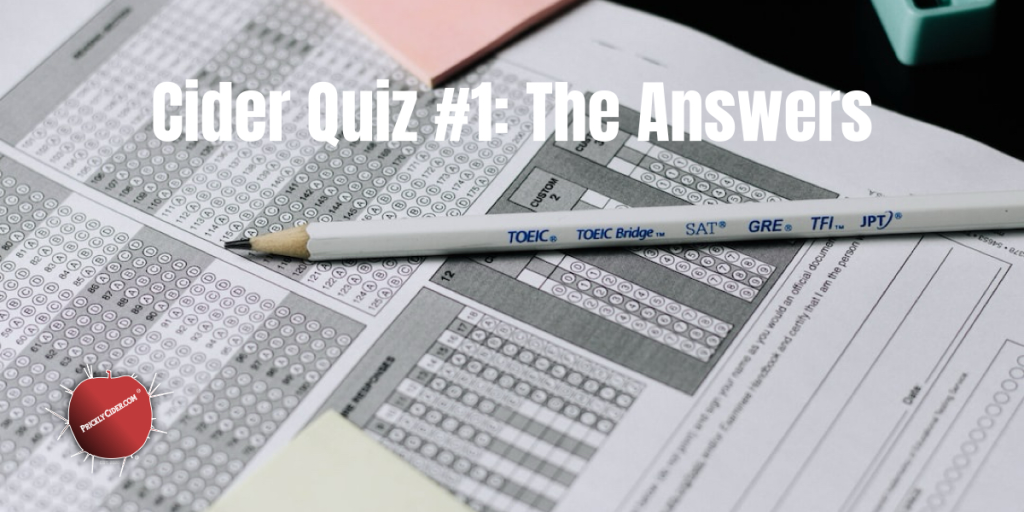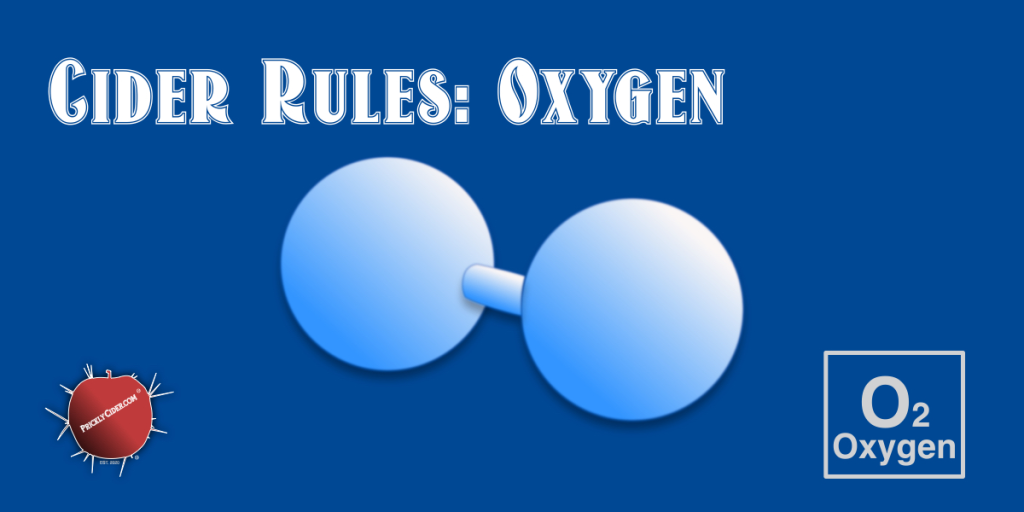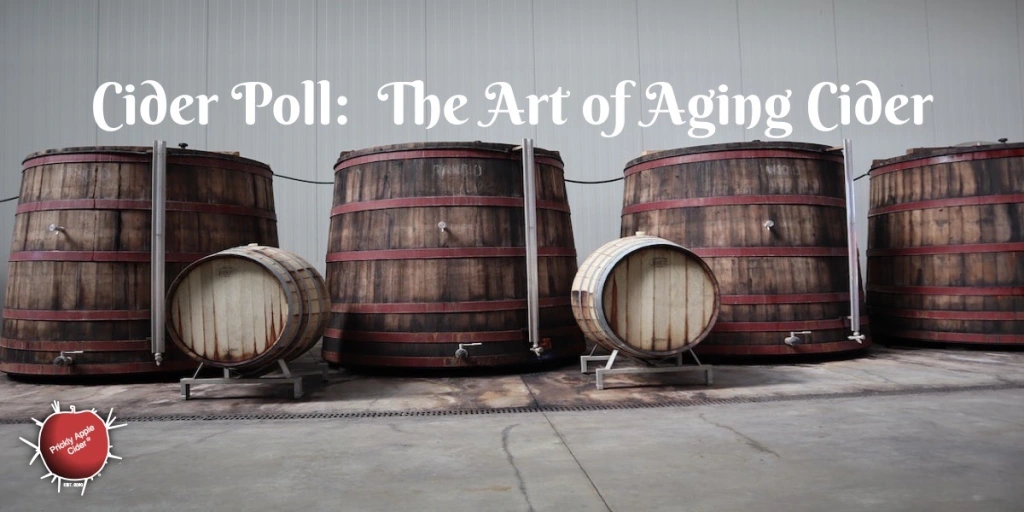
Since I have been using Harrison apples as my reference for Apple Phenolics, I thought it would be good to provide the details of the Harrison apple. This was an apple lost in American for years. Like so many American apples, especially cider varieties, it fell out of favor along with cider. Most cider apple orchards were destroyed during prohibition, tolling the bell for the end of cider in America. This is when cider no longer meant a fermented beverage but started being marketed as unfiltered fresh juice. It also signaled the change of orchards to culinary and eating apples. Thus, many unique American cider apples simply were lost. The Harrison was one such apple.
Historical accounts said it produced a cider of exceptional quality. In fact, it was so exceptional that it sold for a huge premium compared to other ciders. This apple would have remained lost if not for orchardist Paul Gidez and Tom Burford. They each tracked down a Harrison apple tree just before it was cut down or died. Using some scion cuttings from these, they helped to propagate and reintroduce America’s quintessential cider apple back to the market. This is the reason I use it as a reference and benchmark for phenolic compounds. I realize adding peels will never turn a Granny Smith into a Harrison but, it will give your hard cider more phenolic compounds, just like a Harrison apple would.
Lastly, if you have Harrison apples to make cider, you may be thinking you don’t need to add peels. But, why not? The peels have over twice the level of phenolic compounds as the flesh. The only subcategory of phenolics where the flesh has more in a Harrison apple is the catechins and that is just a bit. Besides adding organoleptic characteristics to a cider and improving its quality, phenolic compounds are extremely healthful. Polyphenols have shown antioxidant, anti-cancer, anti-hyperglycemic, and anti-inflammatory properties. They not only make your cider taste better, they can make it functional food. Why would you not add 75-125 grams of peels to a gallon of juice to increase the level of phenolics?
(1) K.A. Thompson-Witrick and associates, Characterization of the Polyphenol Composition of 20 Cultivars of Cider, Processing, and Dessert Apples Grown in Virginia, J. Agric. Food Chem. 62, 2014
Don’t miss any future Mālus Trivium articles. Follow me and you will get a link to my latest article delivered to your inbox. It’s that easy!





Ach! This is Andrew who asked about where you could find the Harrison apples in Arizona. I didn’t see your comment reply until now: I will email you right now! Thank you!
LikeLiked by 1 person
Not sure if this is what you are looking for but I planted a Harrison and four other apple varieties about a year and a half ago. I ordered them from Vintage Virginia Apples (https://vintagevirginiaapples.myshopify.com/). They sell it on M-111 rootstock. Their site doesn’t open up for orders until November. I ordered four other apple trees from Orange Pippin Trees but not a Harrison (here’s their Harrison link- https://www.orangepippintrees.com/trees/cider-apple-trees/harrison). Based on their site, Harrison has a warm weather temp in the mid 80s. Depending on where you live in Arizona, it may not work well. They reference it blends well with Campfield. I read that on another site too and planted one from Orange Pippin. Good luck!
LikeLiked by 1 person
I recently had a taste of Harrison cider. It is, indeed, very flavorful. Instead of acid forward, its tartness are more prominent. Its richness is on the par with wines.
LikeLiked by 1 person
Awesome… Was it your own cider or did you find a commercial option?
LikeLike
I bought it from a craft cidery after reading your articles on phenolics. I would like to explore this area in my home-brew too. What are your test results from these non syccharomyces yeast?
LikeLiked by 1 person
I have the last batch to bottle (hopefully this weekend). The hard part comes next, doing taste trials so I can write up the results. So far, I haven’t had anything “bad”, which is a surprise as I assumed a couple wouldn’t work. It is making me think that cultured “wild” yeast will all produce diverse but good ciders and we need to be embracing these types of yeast more. My favorites so far are Pichia kluyveri and Lachancea thermotolarens. The Pichia is extremely fruity, banana and tropical, and the Lachancea have more residual sugar but interesting fruit and sour notes. Look for more details in the coming months.
LikeLike
I’m just jumping into the discussion here, but I’m currently living in Arizona too, and I was wondering if you know of anywhere to get Harrison apples here. All these posts comparing varieties to Harrison are making me interested in trying some!
LikeLike
I have three trees growing at an orchard near Sierra Vista and I have a couple grafted trees that I plan to move to another orchard. I have not found any in my searches. Send me an email (go to Contact), and I can give you more information.
LikeLike